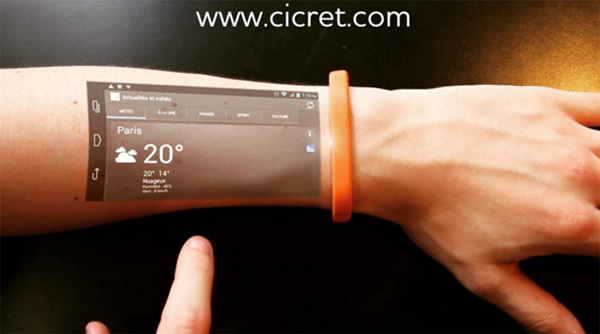How will future Mobile Phone Technology change the way we work?
More than 65% of us in the UK now own a smartphone and we are spending on average more than 2 hours online every day on them. Over a third of adults admit to turning over and checking their smartphone within 5 minutes of waking in the morning and almost 60% of us are using them for shopping, banking and watching TV & video whilst interacting via instant messaging and social media.
There’s no doubt that smartphones are having an impact on our personal lives in 2016. Let’s look at how the technology is predicted to change and see how some of it could potentially transform how we work by 2020.
As we spend more time on our smartphones, Samsung and Apple are already leading the way developing sharper smartphone screens that wrap around the phone on the latest Samsung Galaxy Edge and anticipated iPhone 7 due for launch in September 2016. This is making it easier to read emails and watch video. However, it’s not moving us on dramatically. So what’s beyond sharper wrap around screens?
As the trend for wearable devices that connect to your smartphone grows, innovative French start-up Cicret are planning to release a water-resistant Bracelet later this year that wraps around your wrist and projects your smartphone on to a virtual touchscreen on your arm.
Nokia is also rumoured to be working on a smartphone with an elegant screen that can bend around your wrist to look like an ornate bracelet. You can take the bracelet off your wrist and bend it into the shape of a phone to take an important call or lay it out flat and type an instant message to a colleague.
As smartphones get larger, we do more work on them taking video calls, presenting to prospective clients, dictating notes, managing projects, scanning letters, updating finance systems on the move, accepting card payments from customers and tracking parcels. It’s only a matter of time before the smartphone replaces the PC, laptop or tablet and projects itself onto the wall in our office or on to the dashboard in our car or van as a hologram.
Microsoft is already taking some steps towards making this a reality using Continuum for Phones launched towards the end of 2015. Continuum makes the latest Lumia 950 Windows smartphones work like a PC by allowing you to connect it wirelessly to a monitor and keyboard or onto a large screen for projecting presentations. This technology is likely to be the precursor for a Microsoft Surfacephone predicted to be on the cards for later in the year.
Apple is also rumoured to be considering building a projector into a future version of the iPhone to capture an even larger share of the Executive market.
Progressive Car dealers are now sending video to customers’ smartphones of new vehicles for sale or their mechanics showing worn parts that need replacing on your car when it’s in for service. Holographic smartphones will potentially transform these sorts of buying and customer service experiences even further.
So all this new technology is on its way but most smartphone batteries barely make it through a heavy working day. Whilst we already have wireless charging, we are very enthused by U.S. inventors who have been working on a prototype battery that can charge from empty to full in under 30 seconds.
Once we have the battery life, it will be interesting to see how much of this new smartphone technology will transform the way we work over the next 3-5 years.
If you would like more information about the latest mobile phone deals for your business, please contact Kim@brightisolutions.co.uk or call 01522 536538

Comments